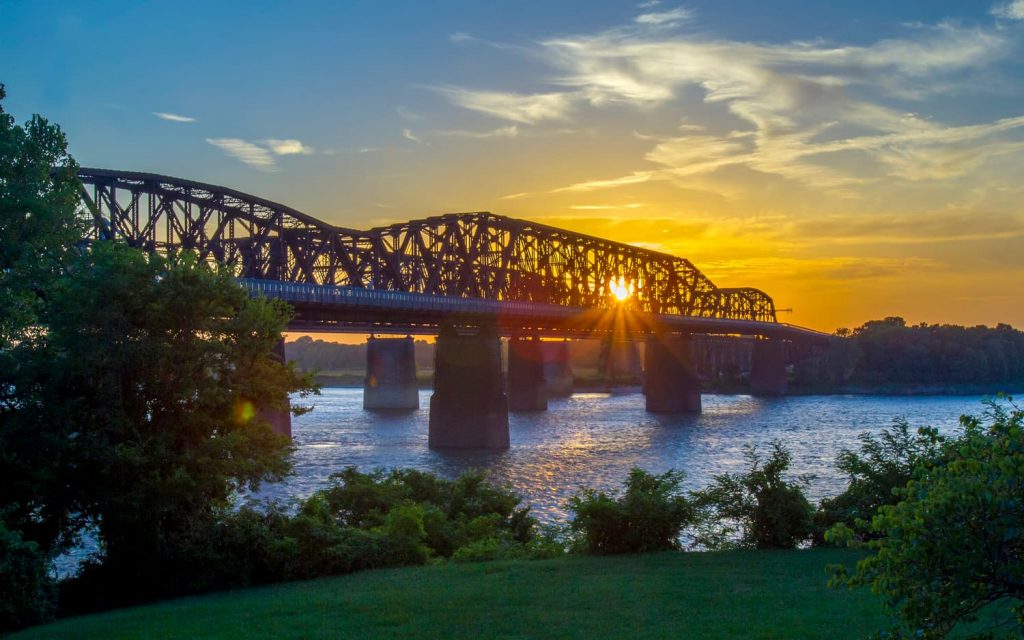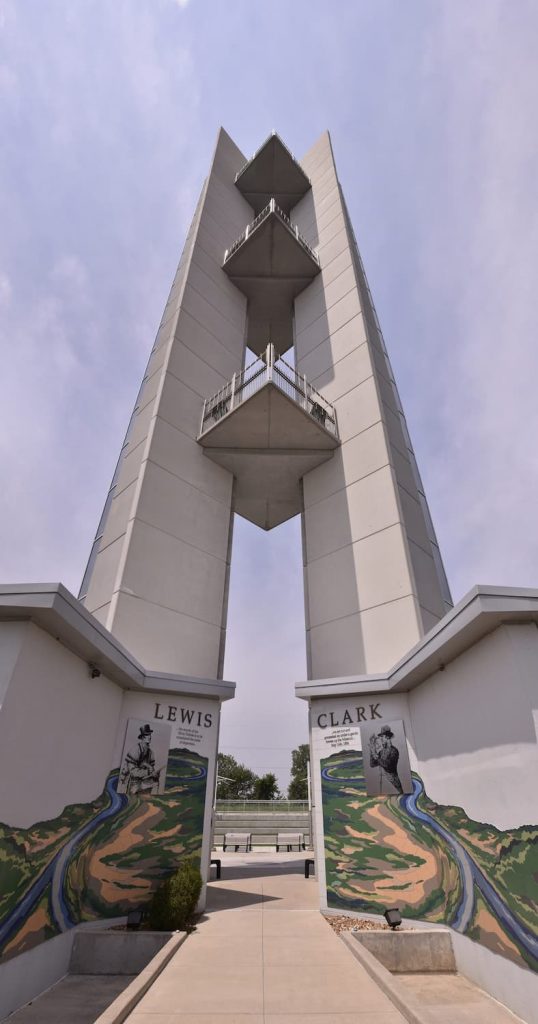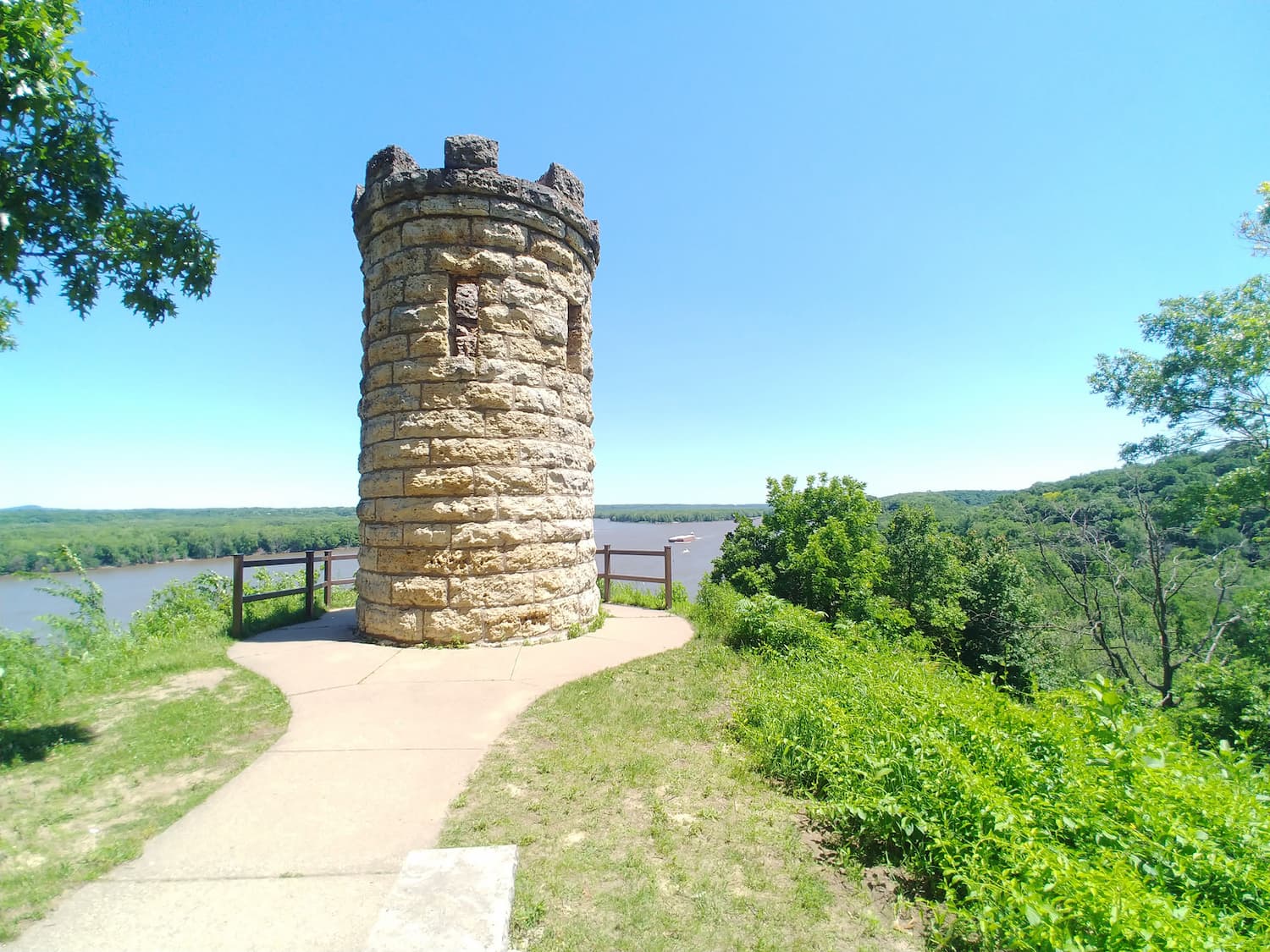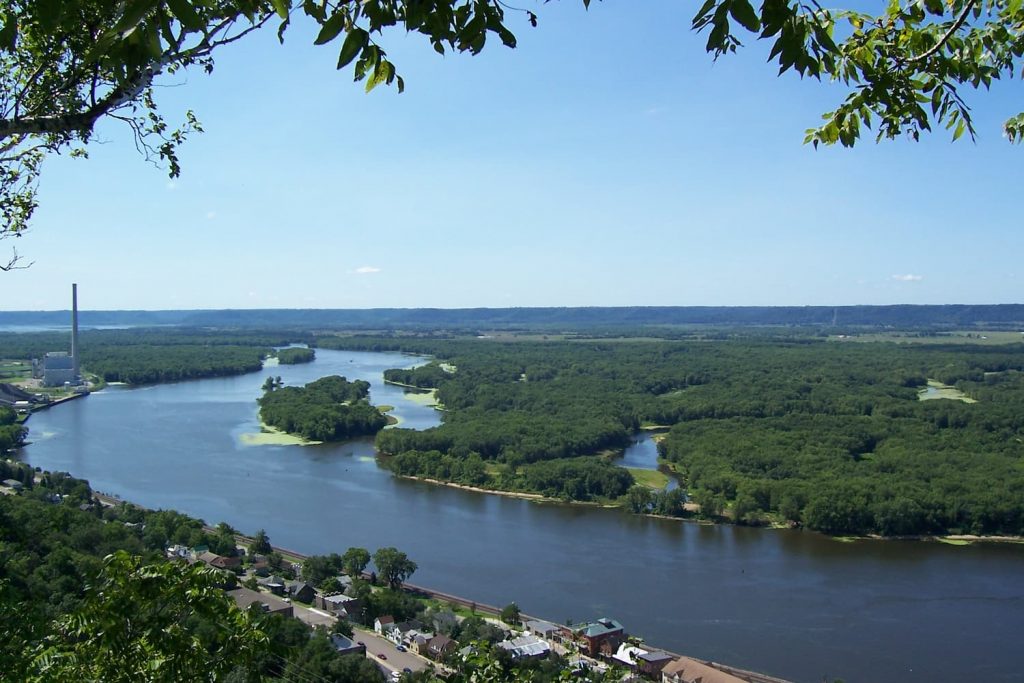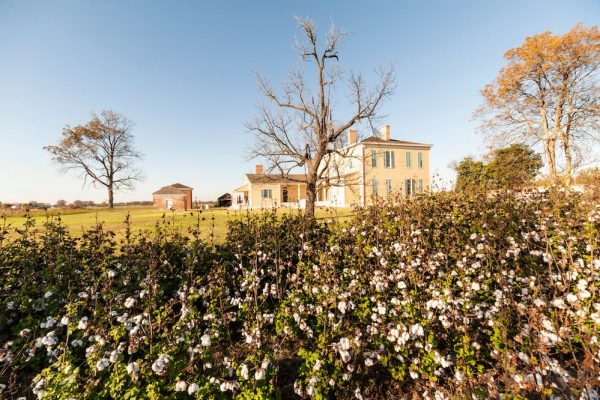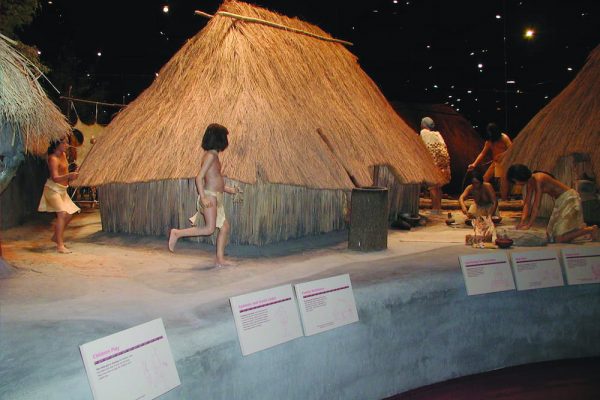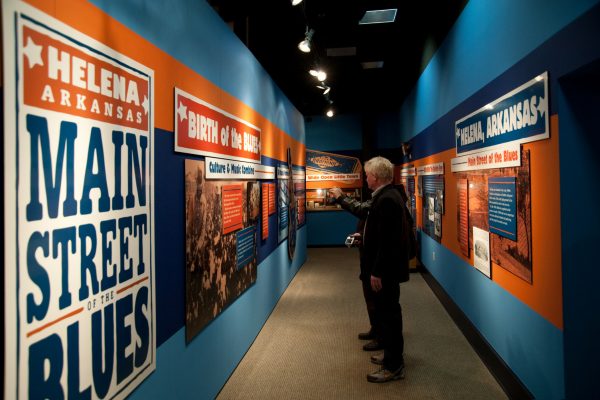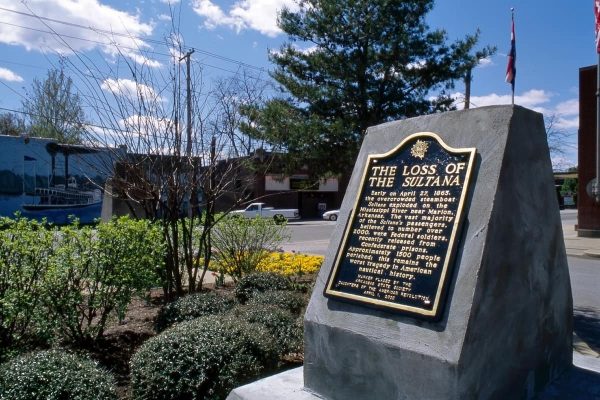It’s a new year, the perfect time for a new adventure on the Great River Road. This All-American Road follows the Mississippi River for nearly 3,000 miles through 10 states and offers everything you need in a road trip, from amazing scenery to engaging history to delicious cuisine. Here are some reasons why you should hit the Great River Road this year.
- Nearly 3,000 miles of road that passes through 10 states’ worth of history, culture, food and beautiful scenery
- A chance to visit charming river towns and big cities
- The Great River Road has been named an All-American Road, a distinct honor from the Federal Highway Administration that acknowledges the road’s significance and one-of-a-kind attractions
- A network of nearly 100 Interpretive Centers—museums, historical sites & more that tell the story of the river (learn more about our Interpretive Centers)
- Stunning scenery all along the drive
- See the headwaters of the Mississippi River at Itasca State Park in Minnesota, where the Mississippi is so narrow you can walk across it
- Exciting opportunities for spring recreation
- Great music sites like the Delta Blues Museum in Mississippi, Beale Street and Graceland in Memphis and New Orleans’ Frenchman Street
- National Park sites: Gateway Arch National Park (Missouri); Mississippi National River and Recreation Area (Minnesota); Effigy Mounds National Monument (Iowa); Arkansas Post National Memorial; Natchez National Historic Park (Mississippi) and more
- Chances to get out on the water all along the Great River Road
- Head out in September to celebrate Drive the Great River Road Month, one of the best times of the year to make the drive
- Incredible local parks and scenic overlooks
- Fun annual events on the northern and southern sections of the Great River Road
- Can’t-miss history museums like the Mill City Museum in Minneapolis, The Cabildo in New Orleans and the National Civil Rights Museum in Memphis
- Local flavors at restaurants, farmers’ markets and more—see some of our fans’ favorites here
- Great birdwatching—more than 300 species of birds make their migratory round trip every year via the Mississippi River Flyway
- Impressive civil engineering at the more than two dozen locks and dams on the Upper Mississippi River
- Hidden gems like Arkansas’s World’s Championship Duck Calling Contest & Wings Over the Prairie Festival in Stuttgart and Mike the Tiger—a real-live tiger that lives on the campus of Louisiana State University in Baton Rouge (see more hidden gems here and here)
- River cruises—you can find daylong excursions on the backwaters or weekslong cruises on the northern and southern sections of the river
- Amazing opportunities to see fall color
- UNESCO World Heritage Sites at Cahokia Mounds (Illinois) and Poverty Point (Louisiana)
- Opportunities for outdoor recreation all along the route
- Great places to learn about the river region’s natural history, like the National Eagle Center and the National Mississippi River Museum & Aquarium
- Tasty wineries and breweries all along the route
- Unique shops where you’ll find the perfect gift (or something to take home for yourself!)
That’s just scratching the surface of what you can see along the Great River Road—plan your getaway today and find your own reasons to take America’s greatest drive.
(Photo: Arkansas Parks, Heritage & Tourism)








